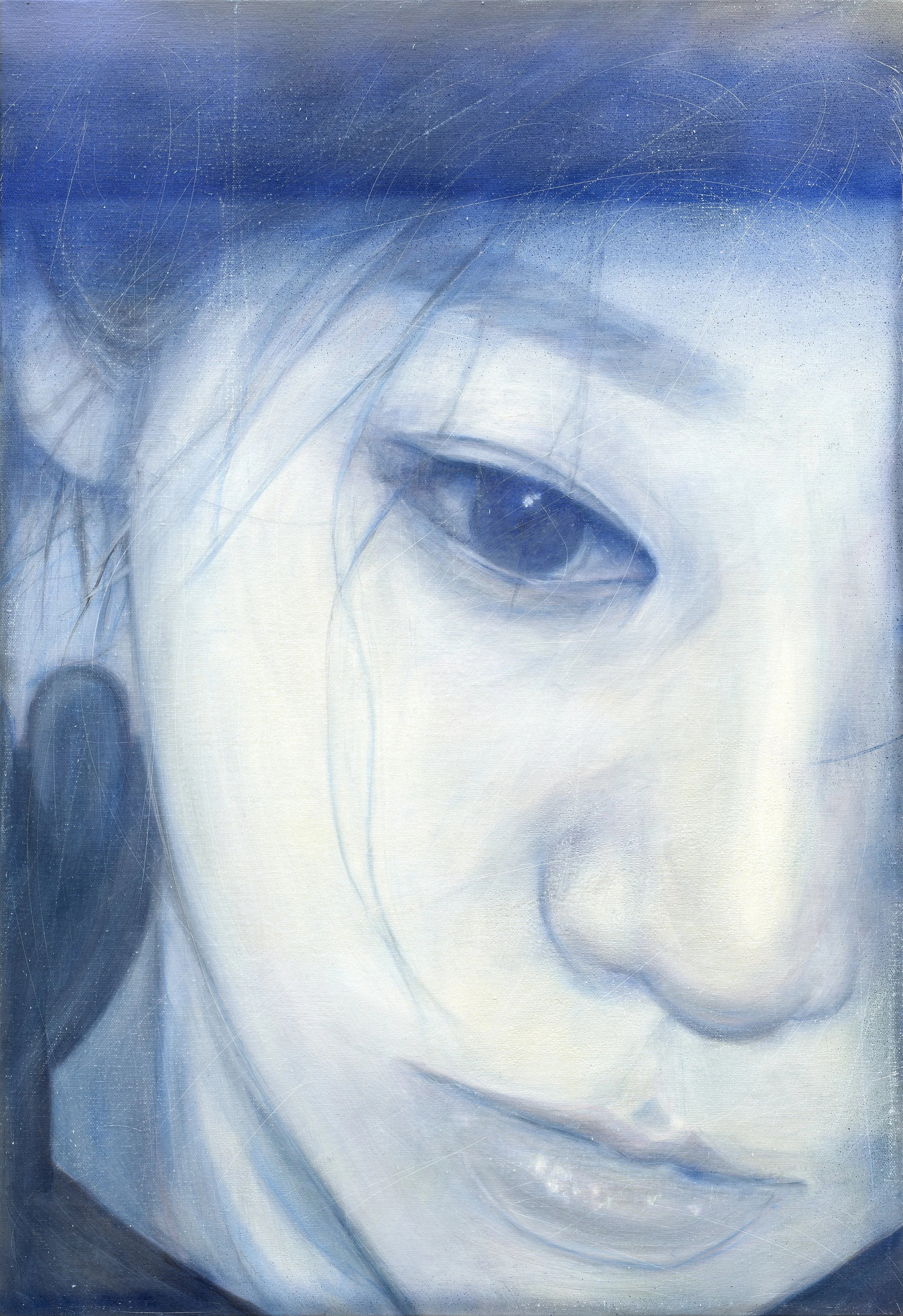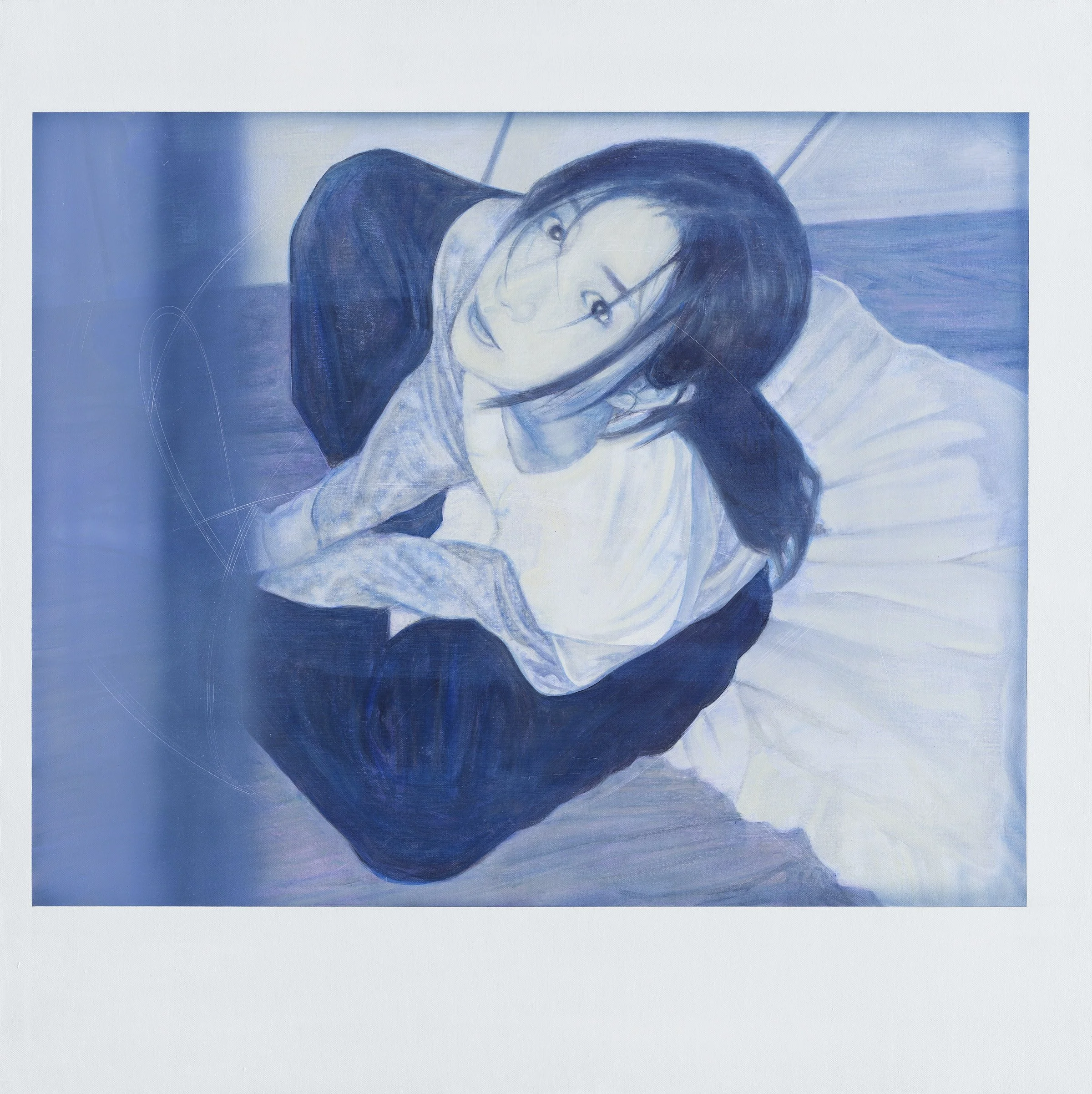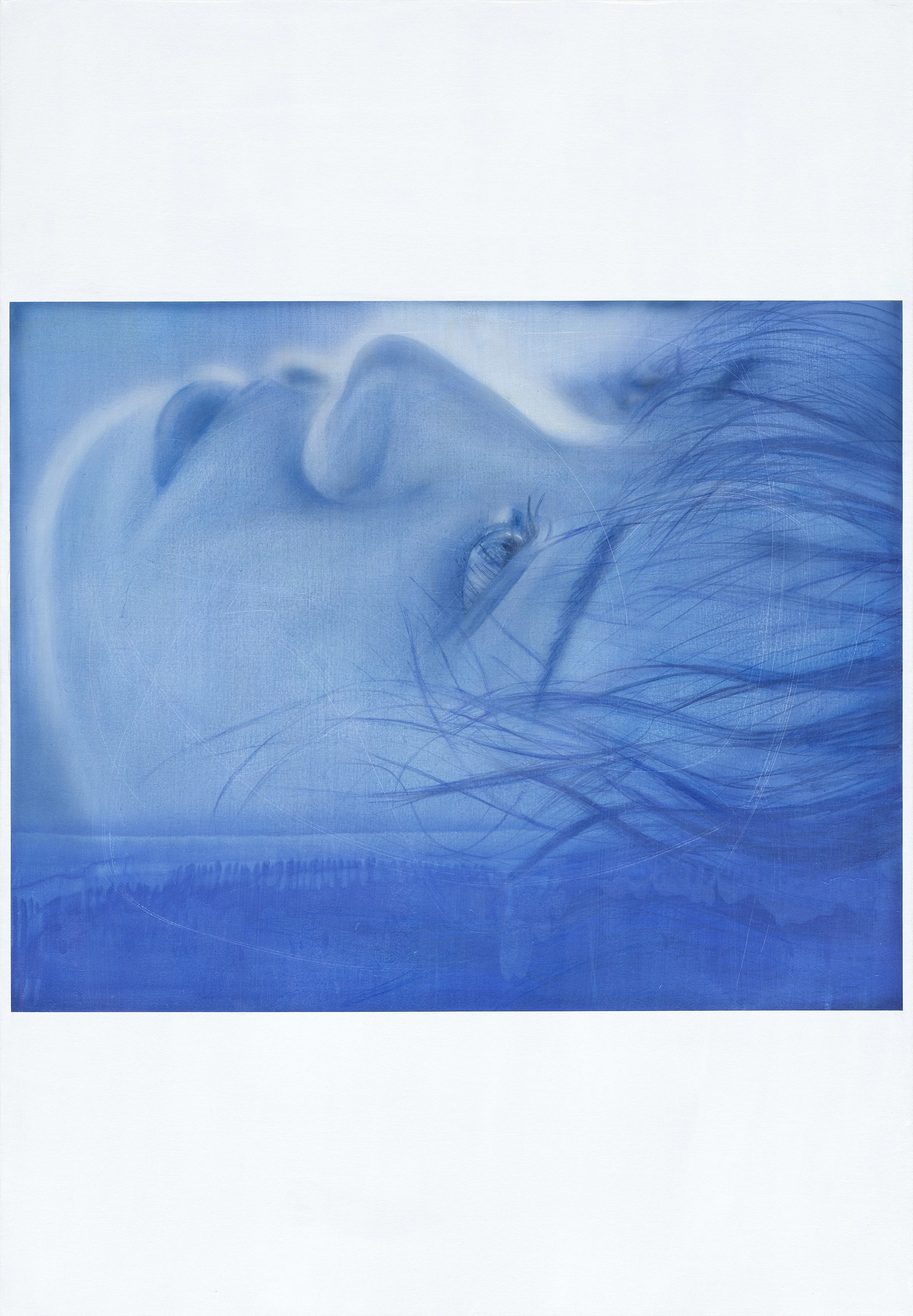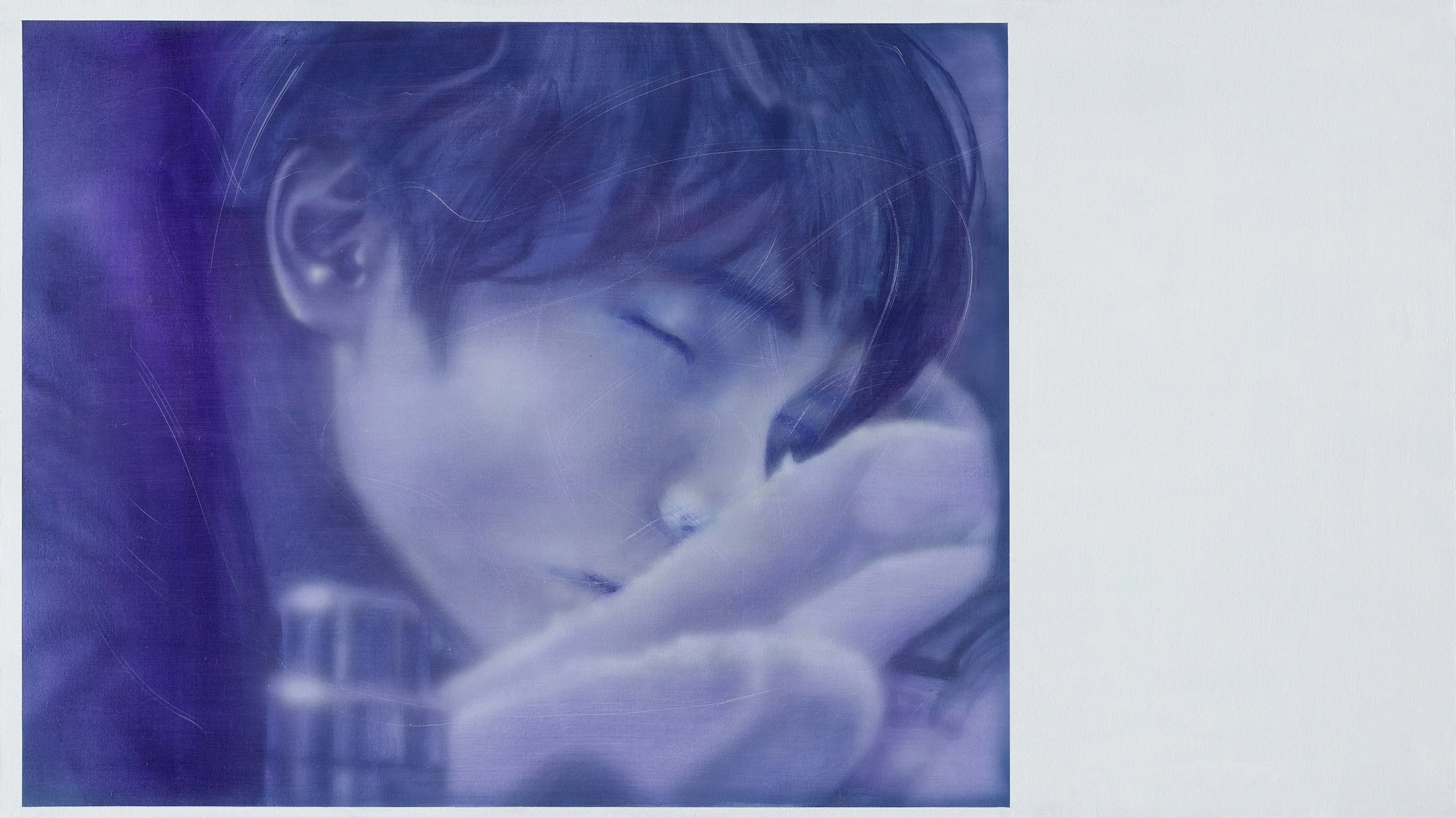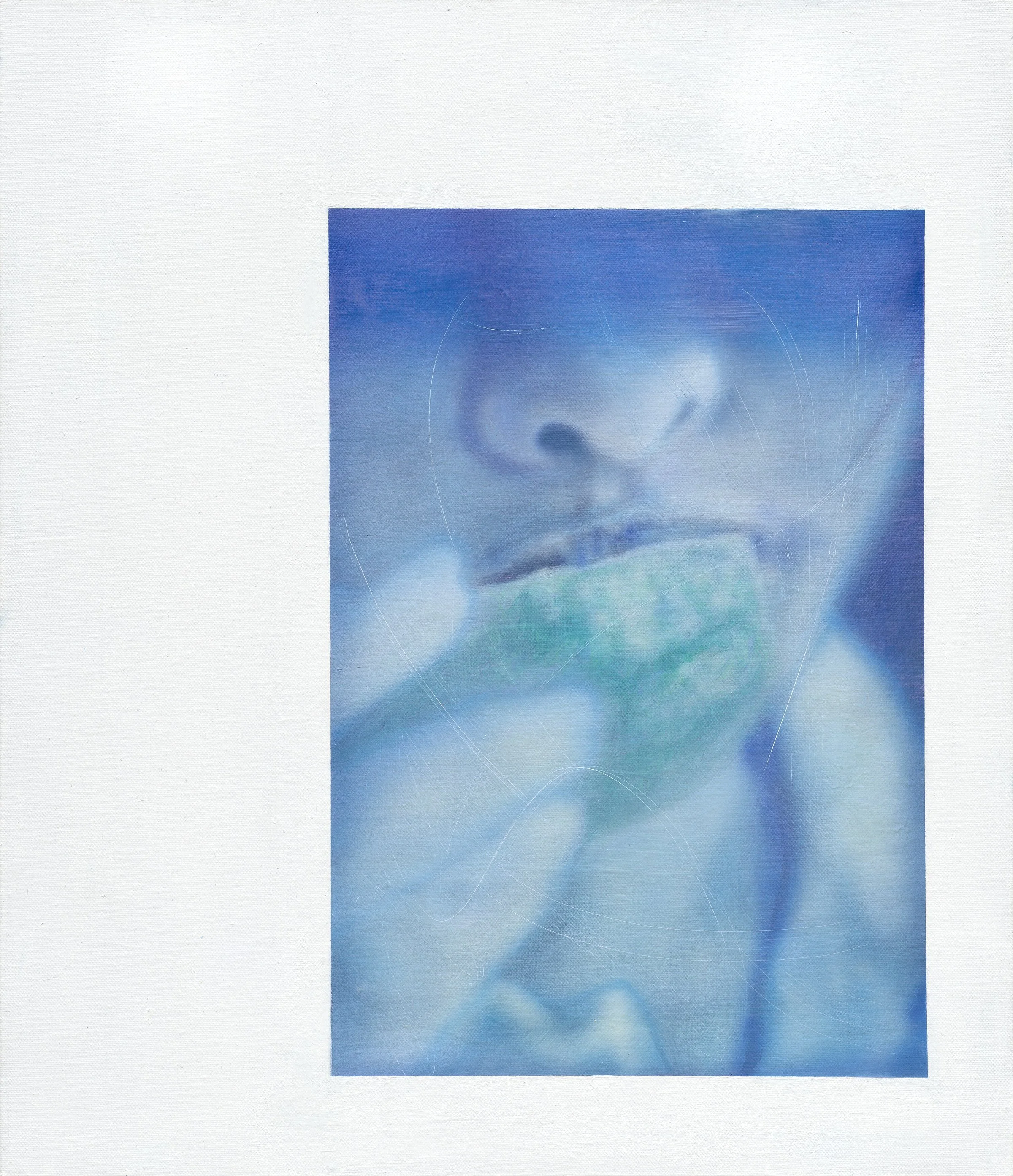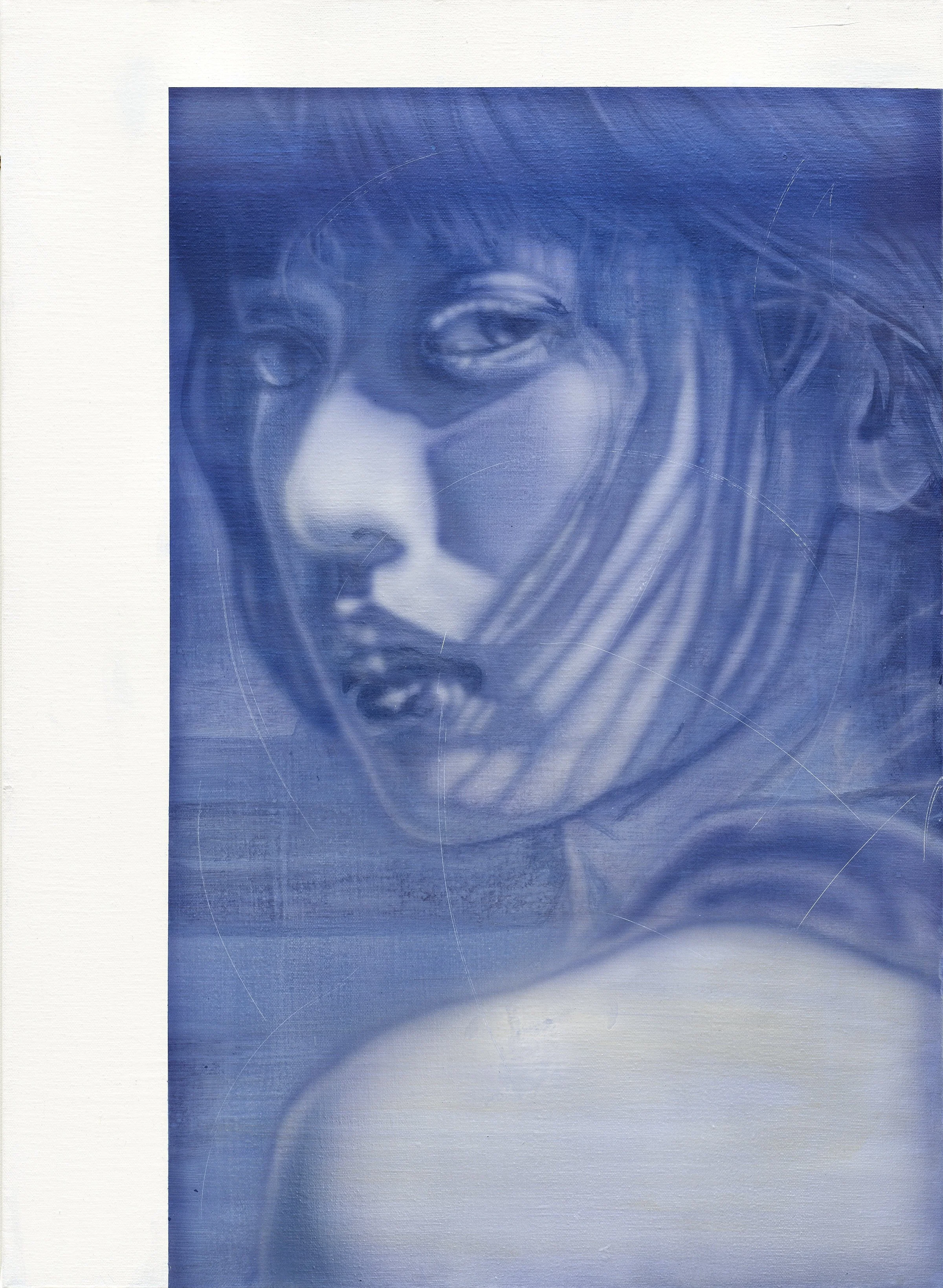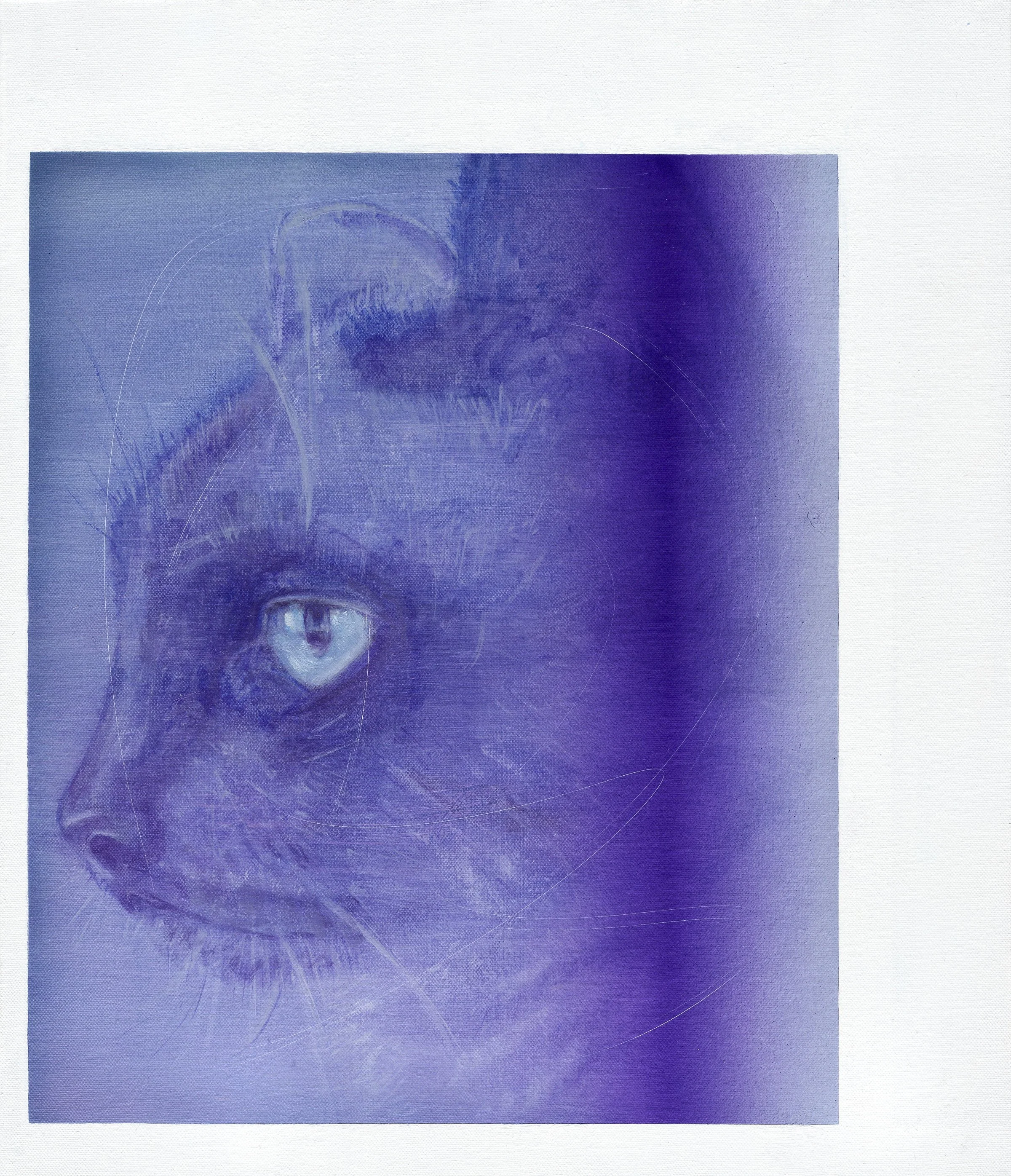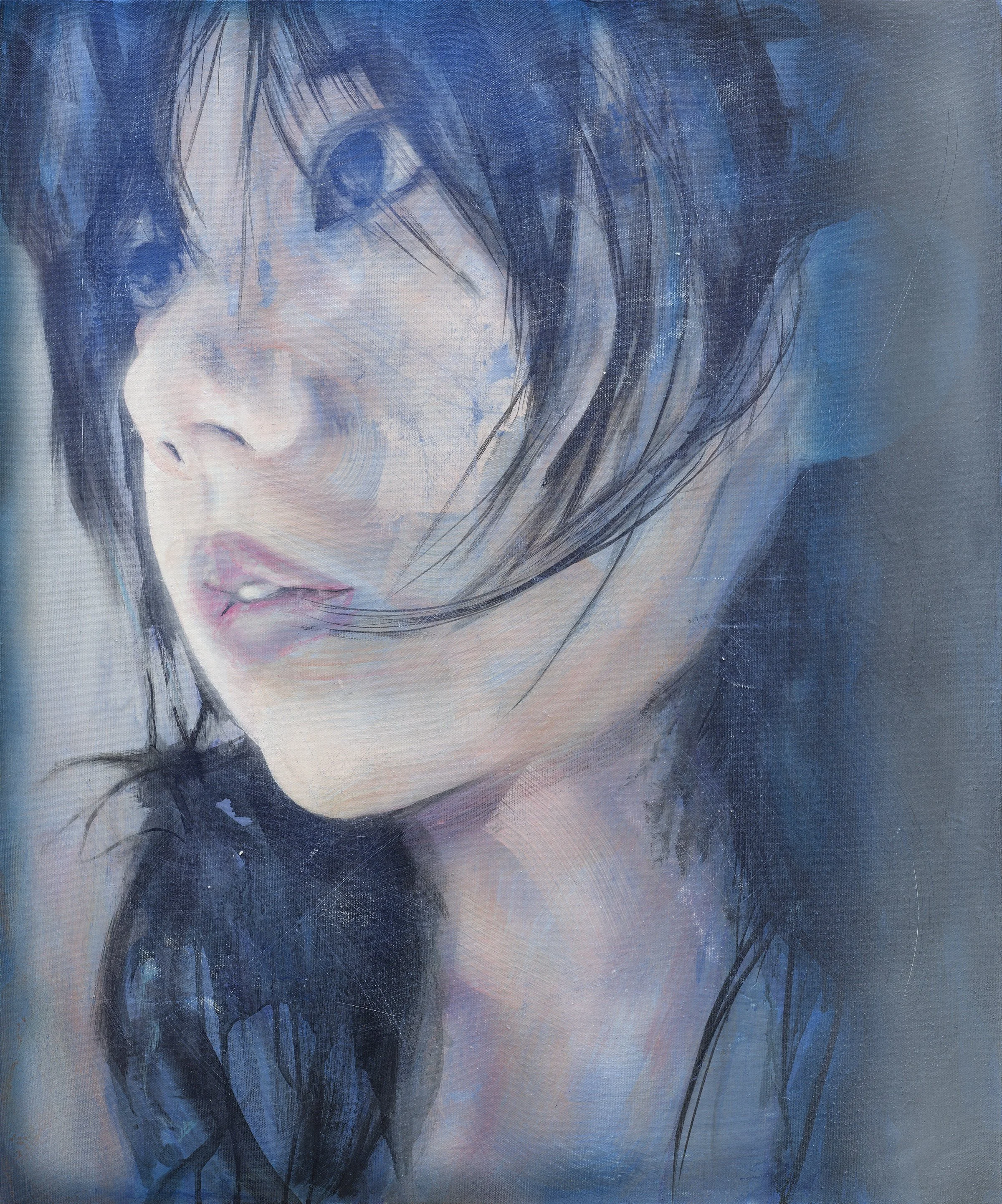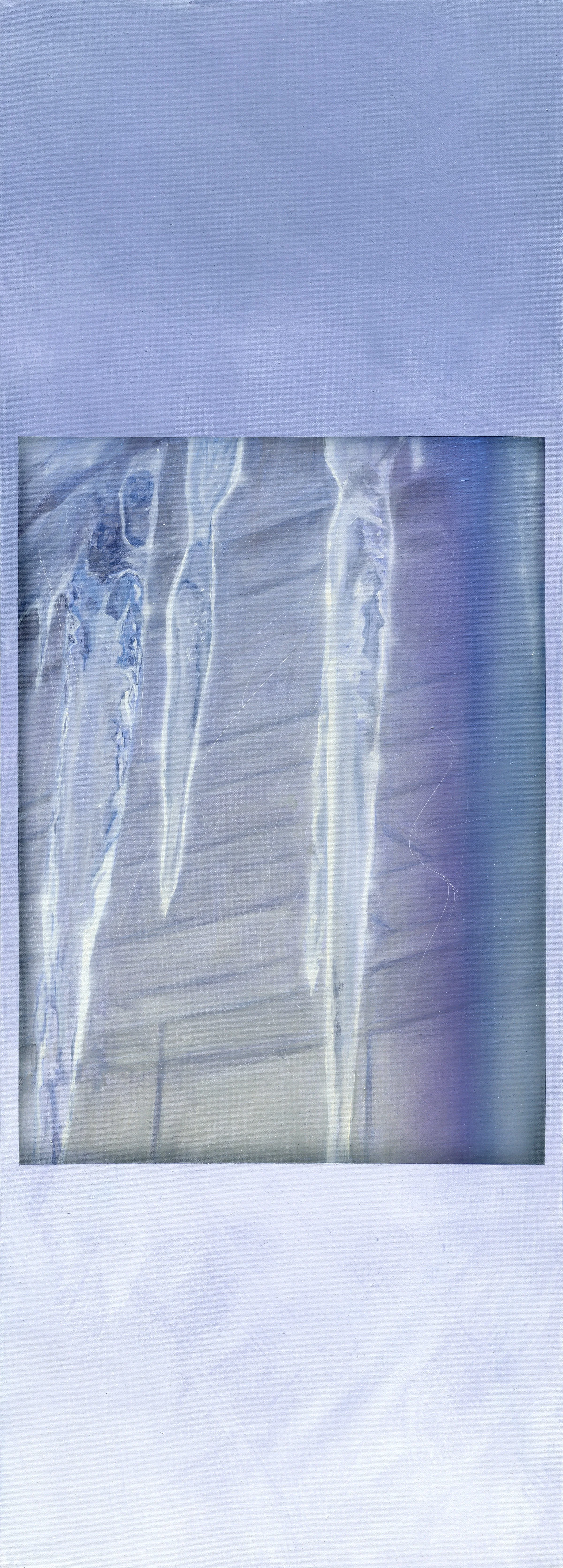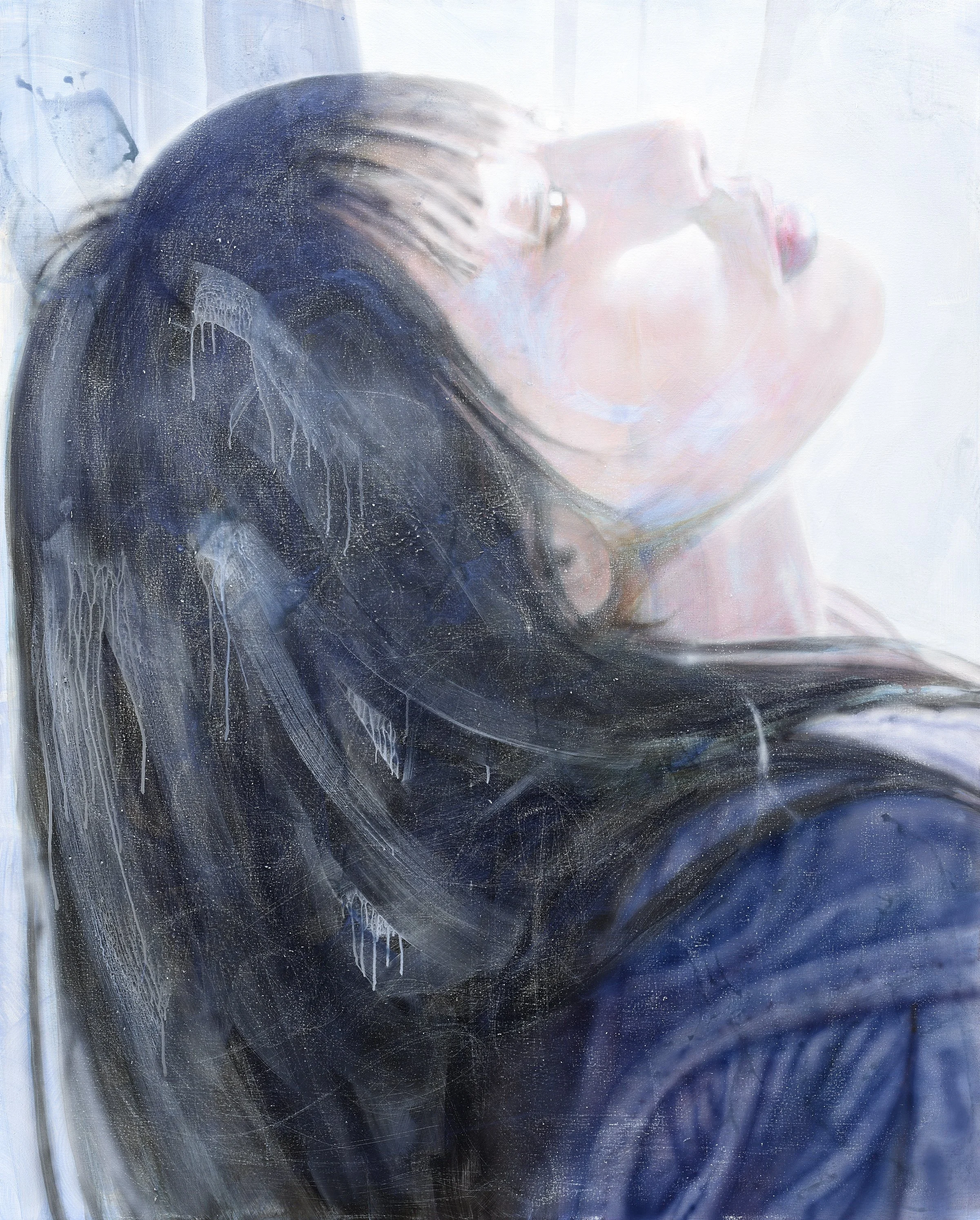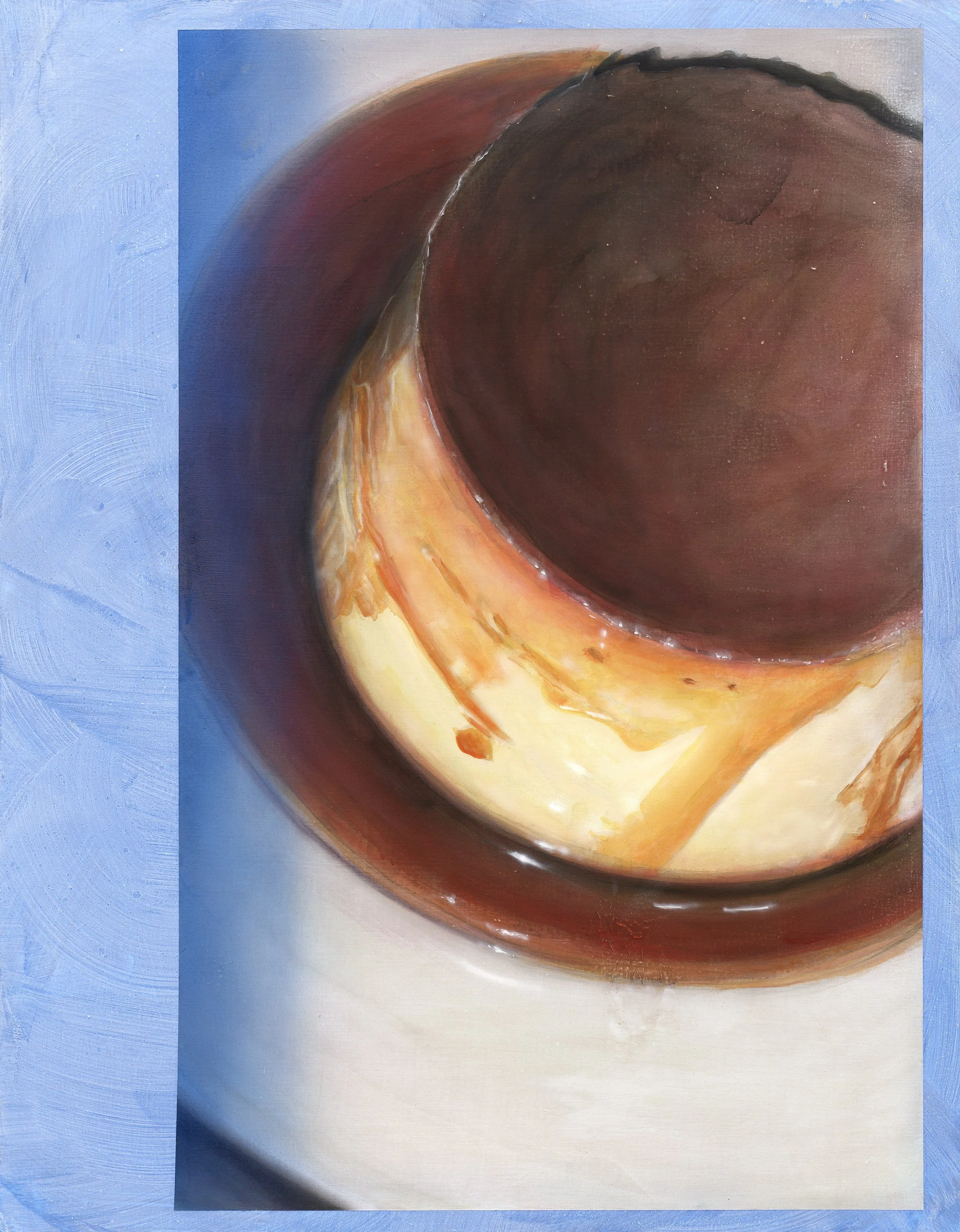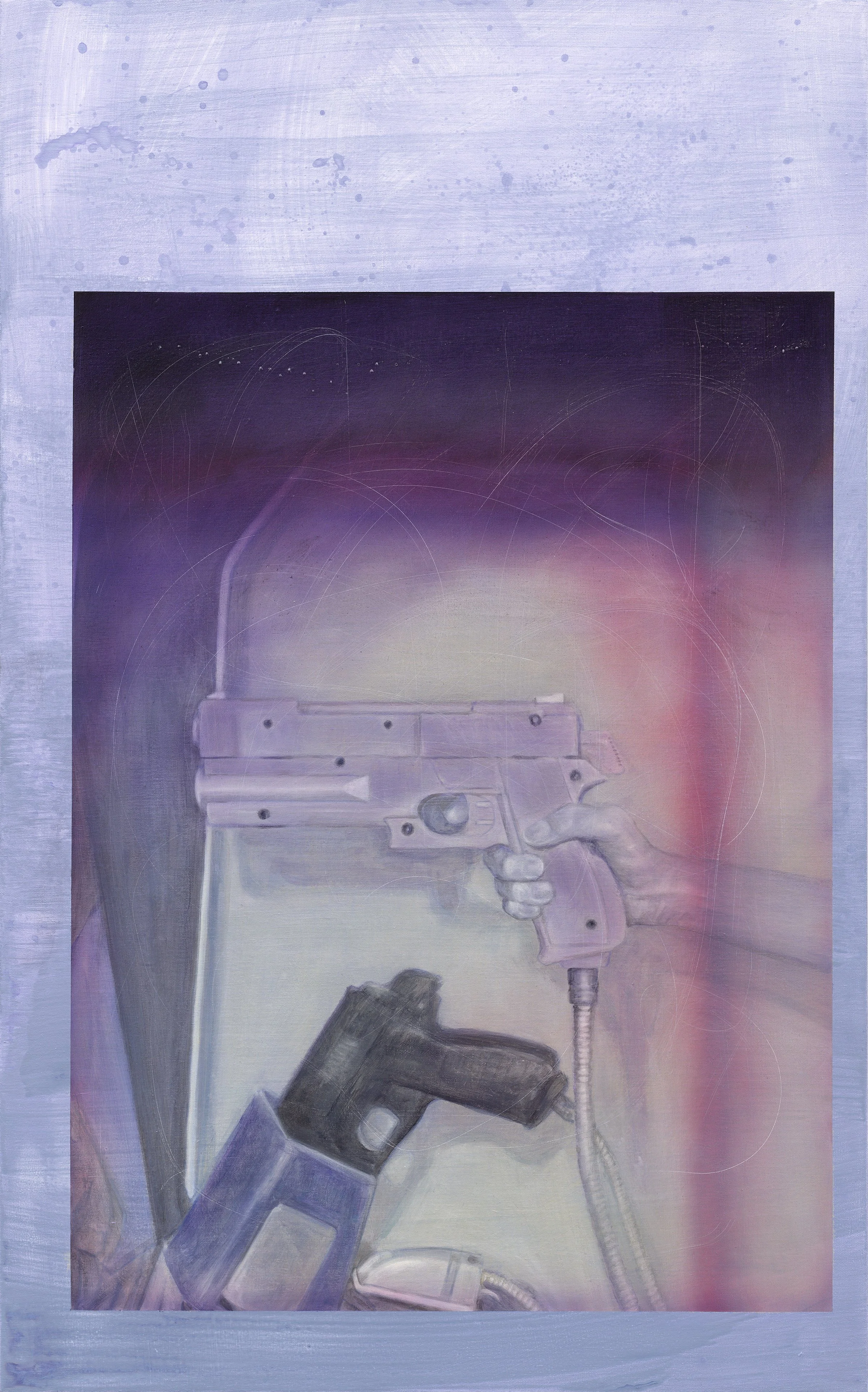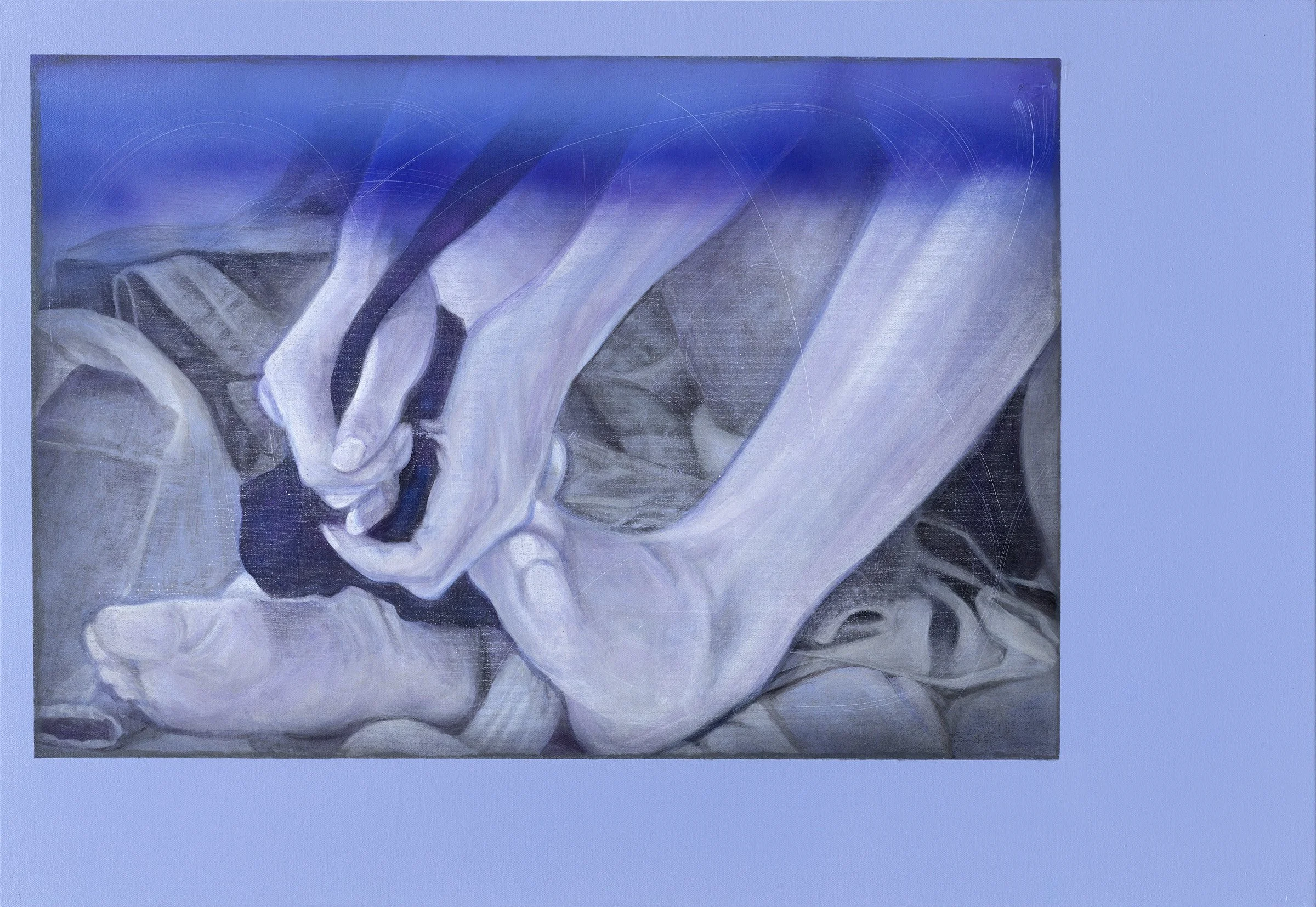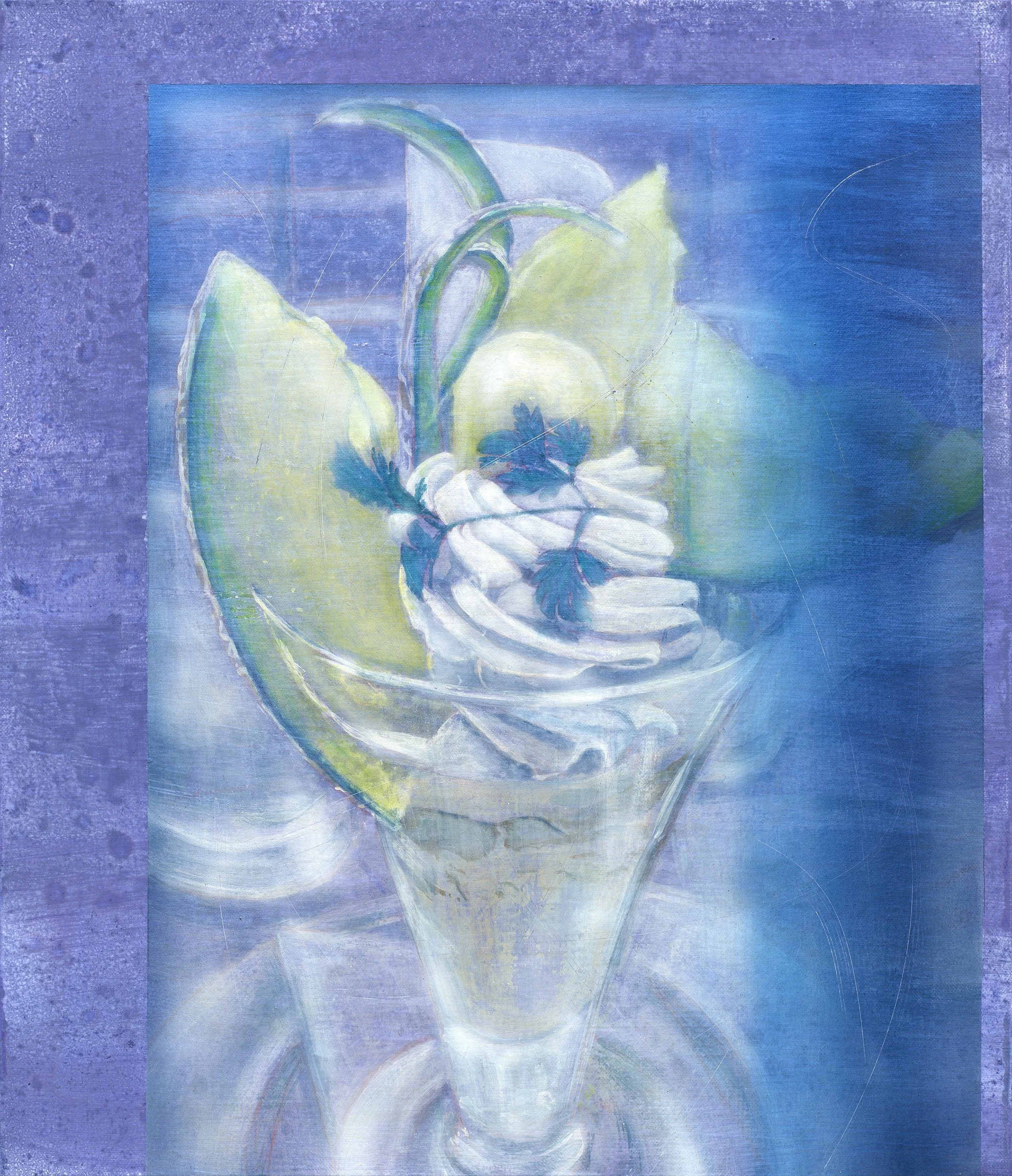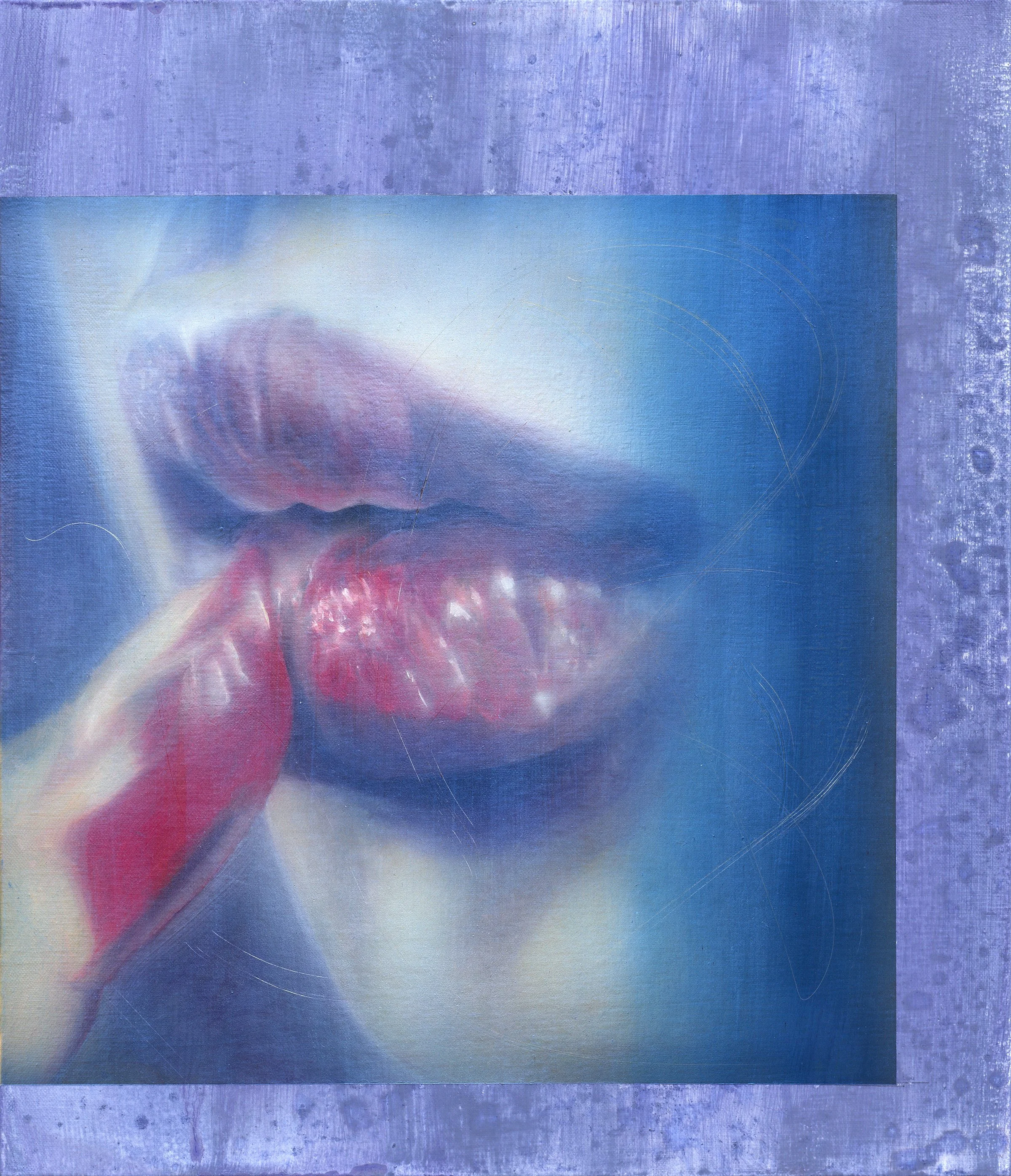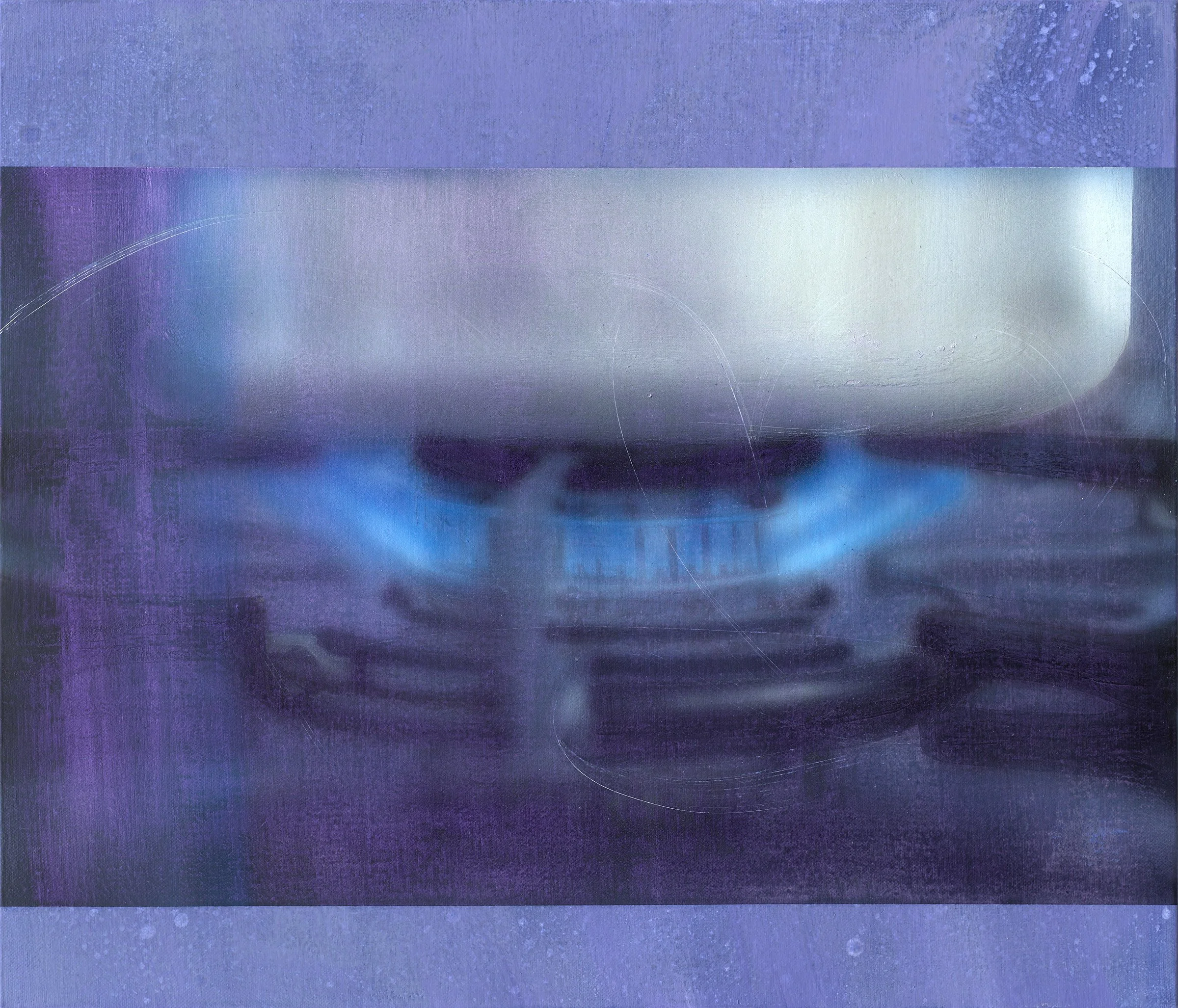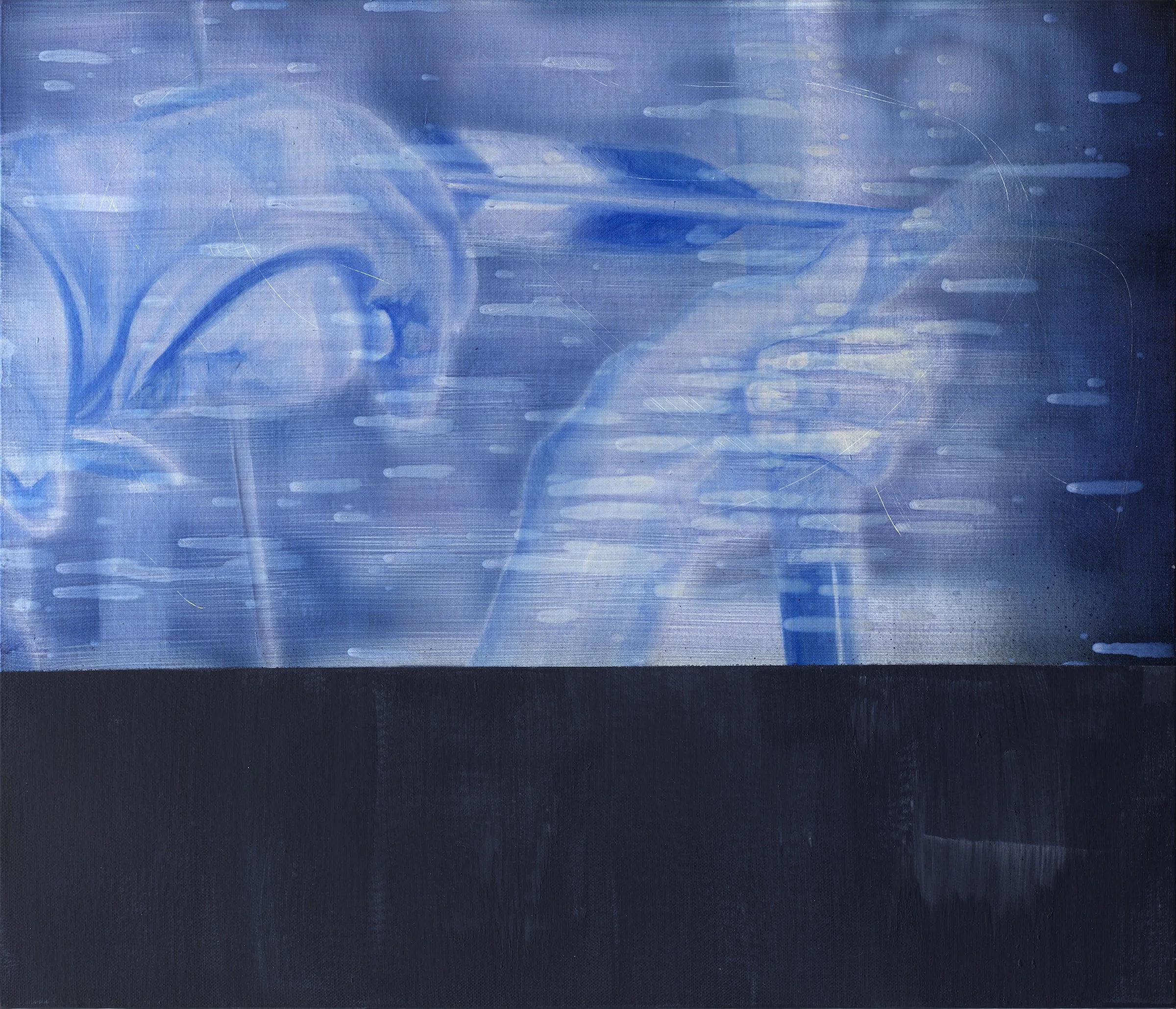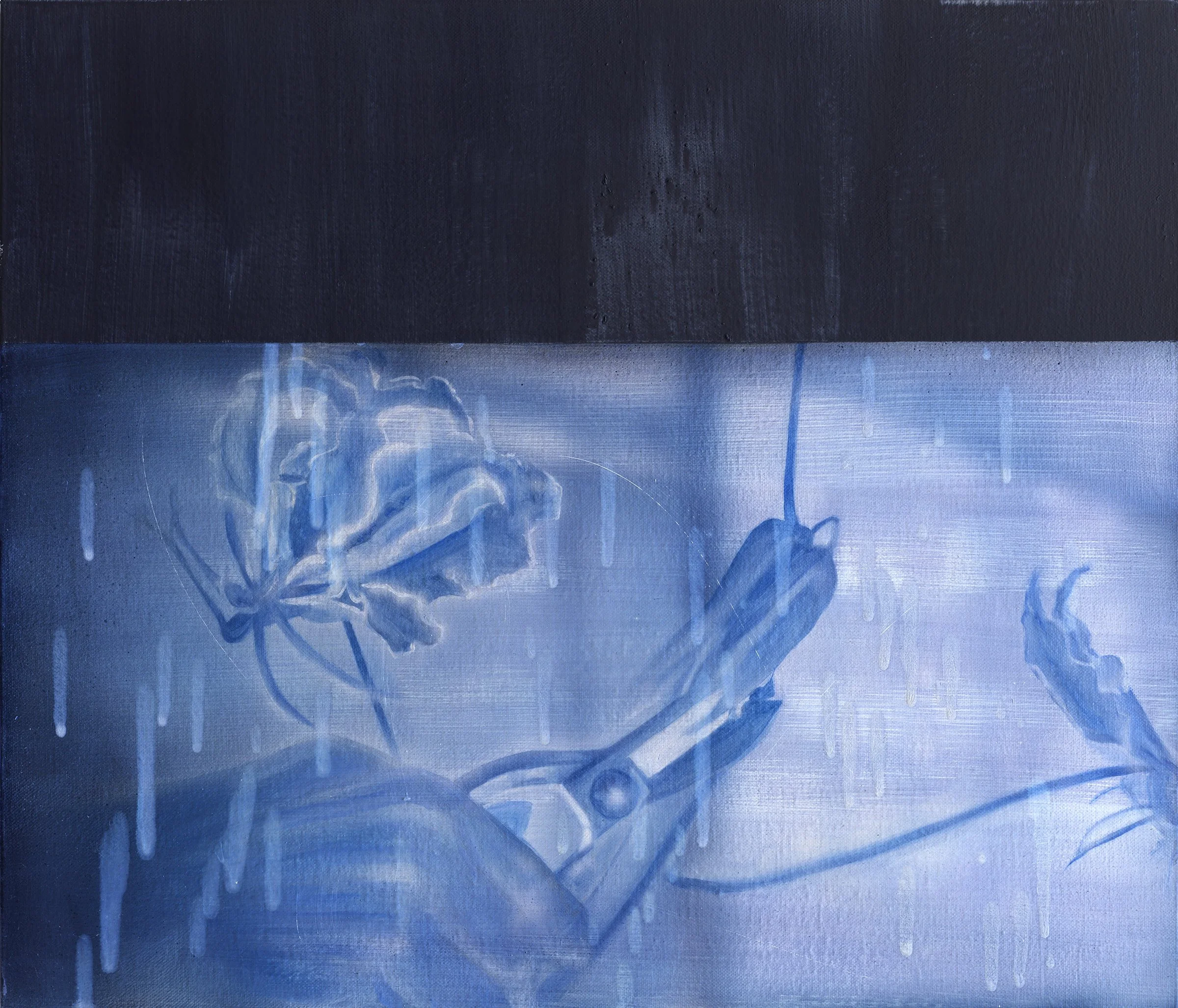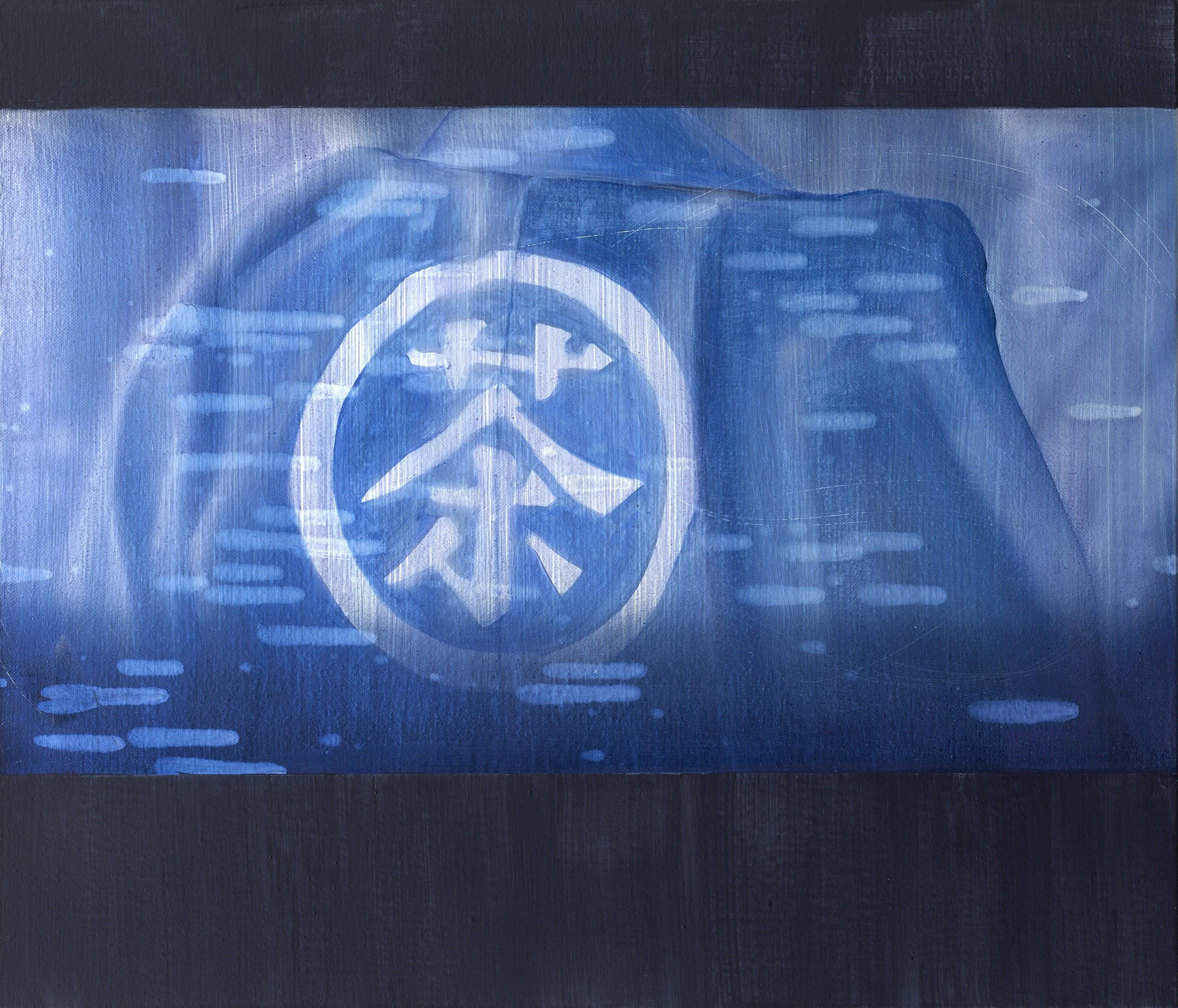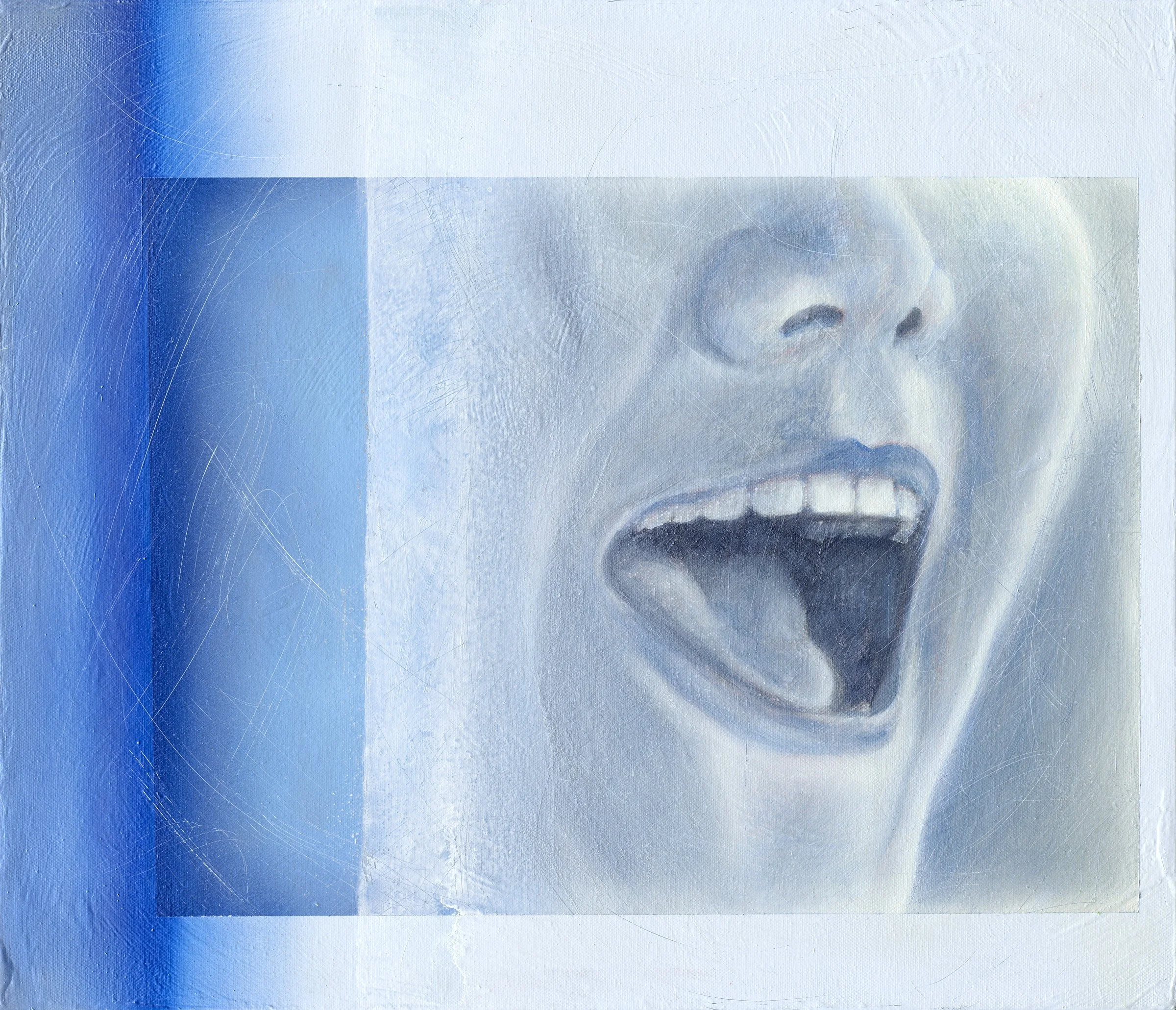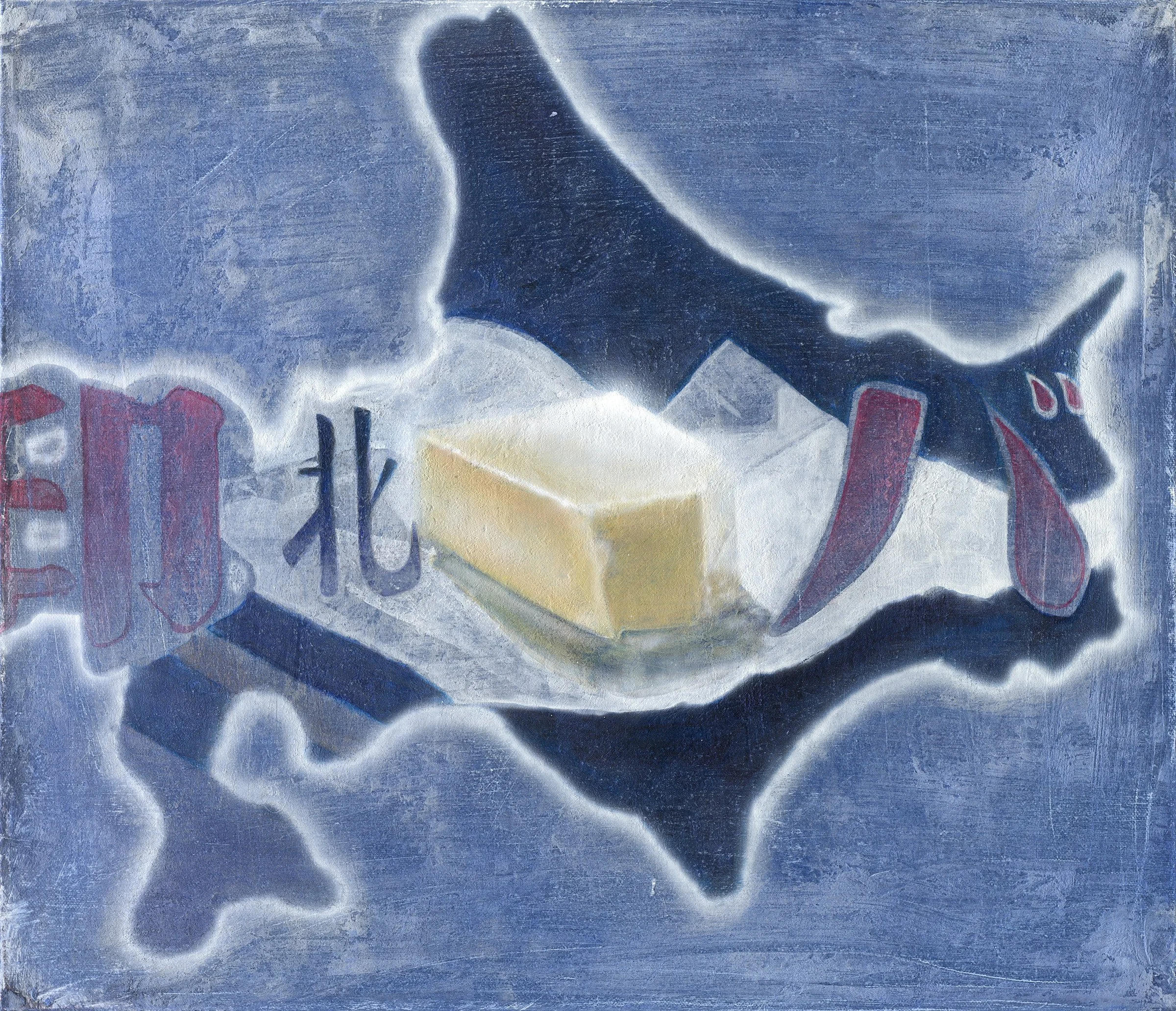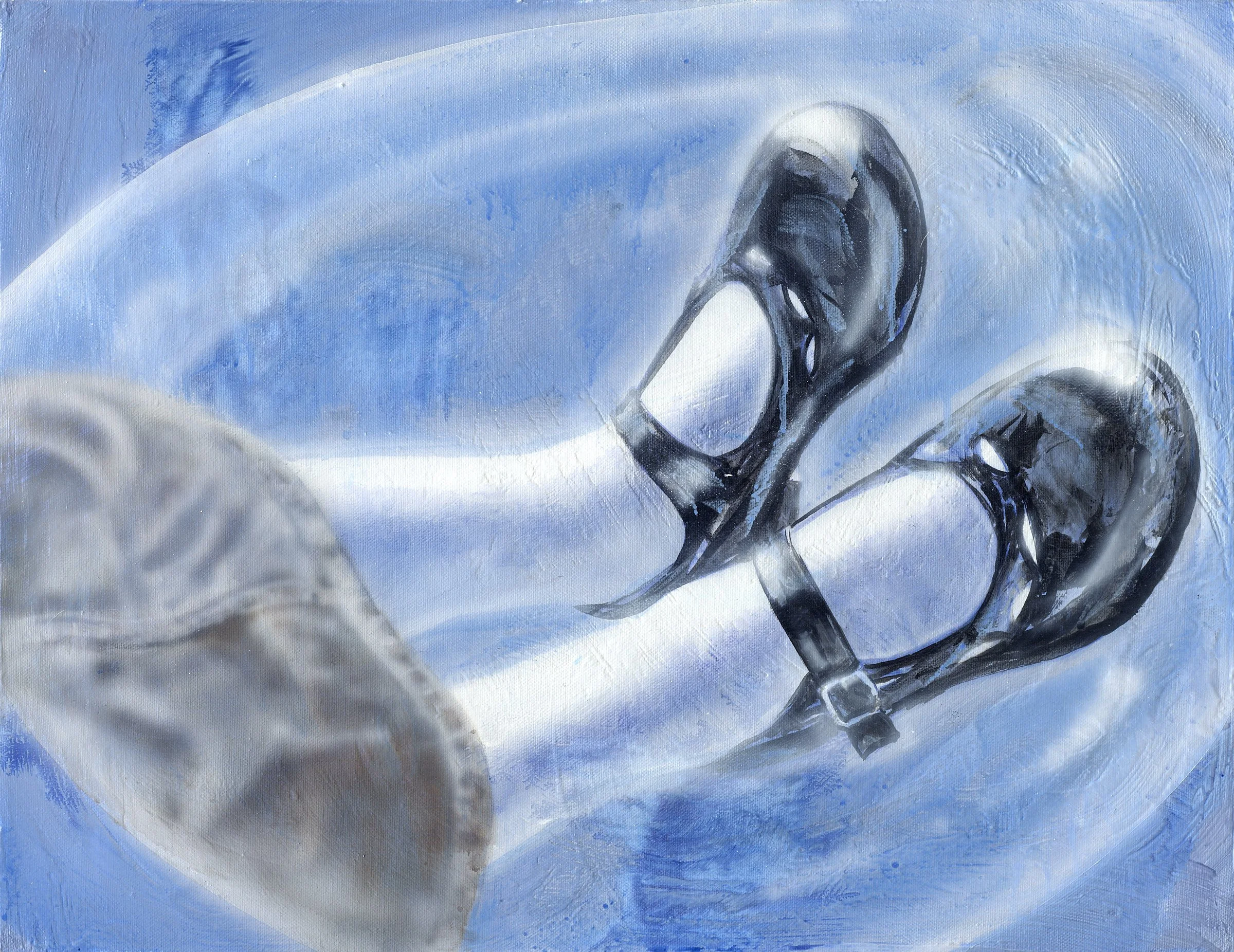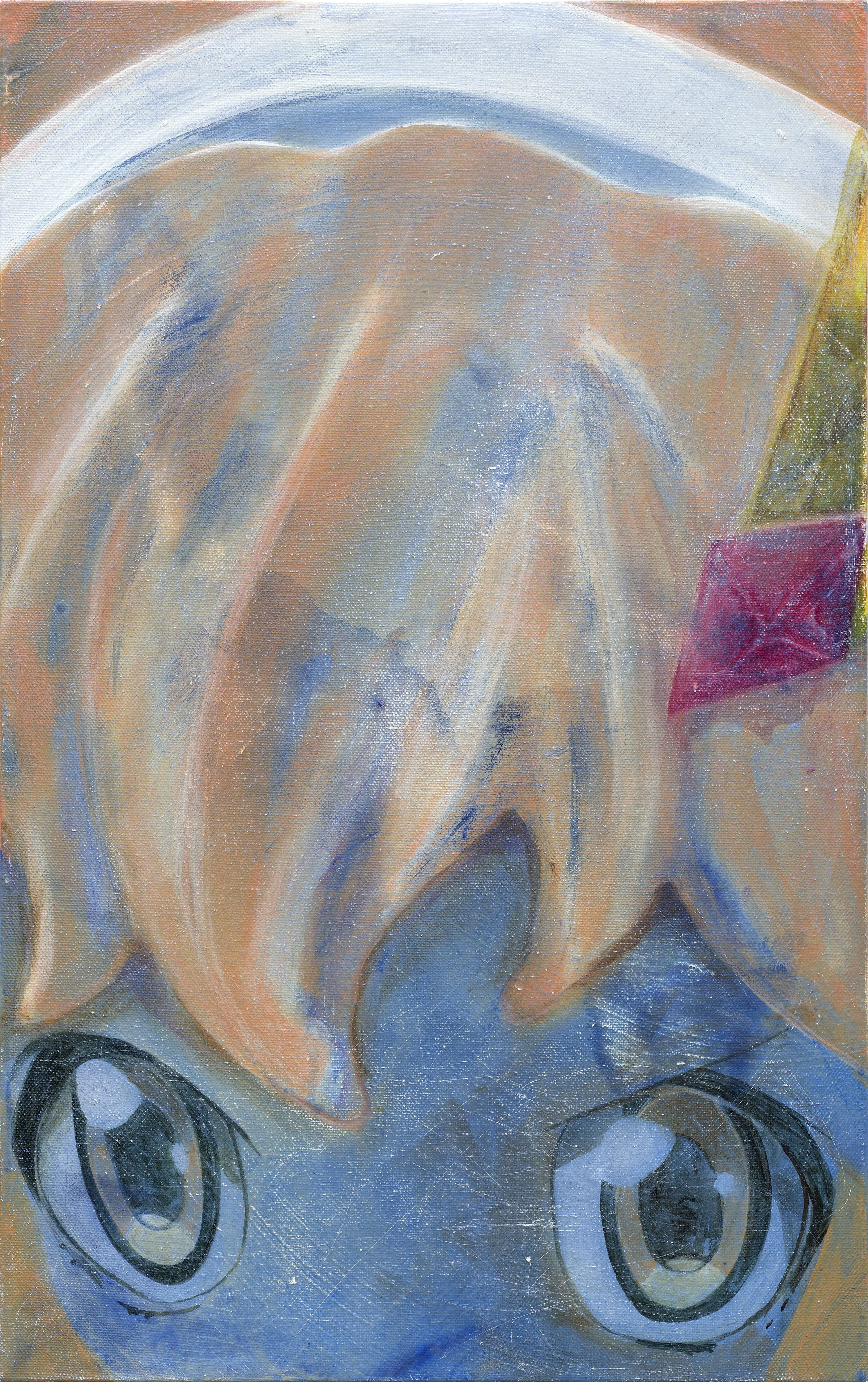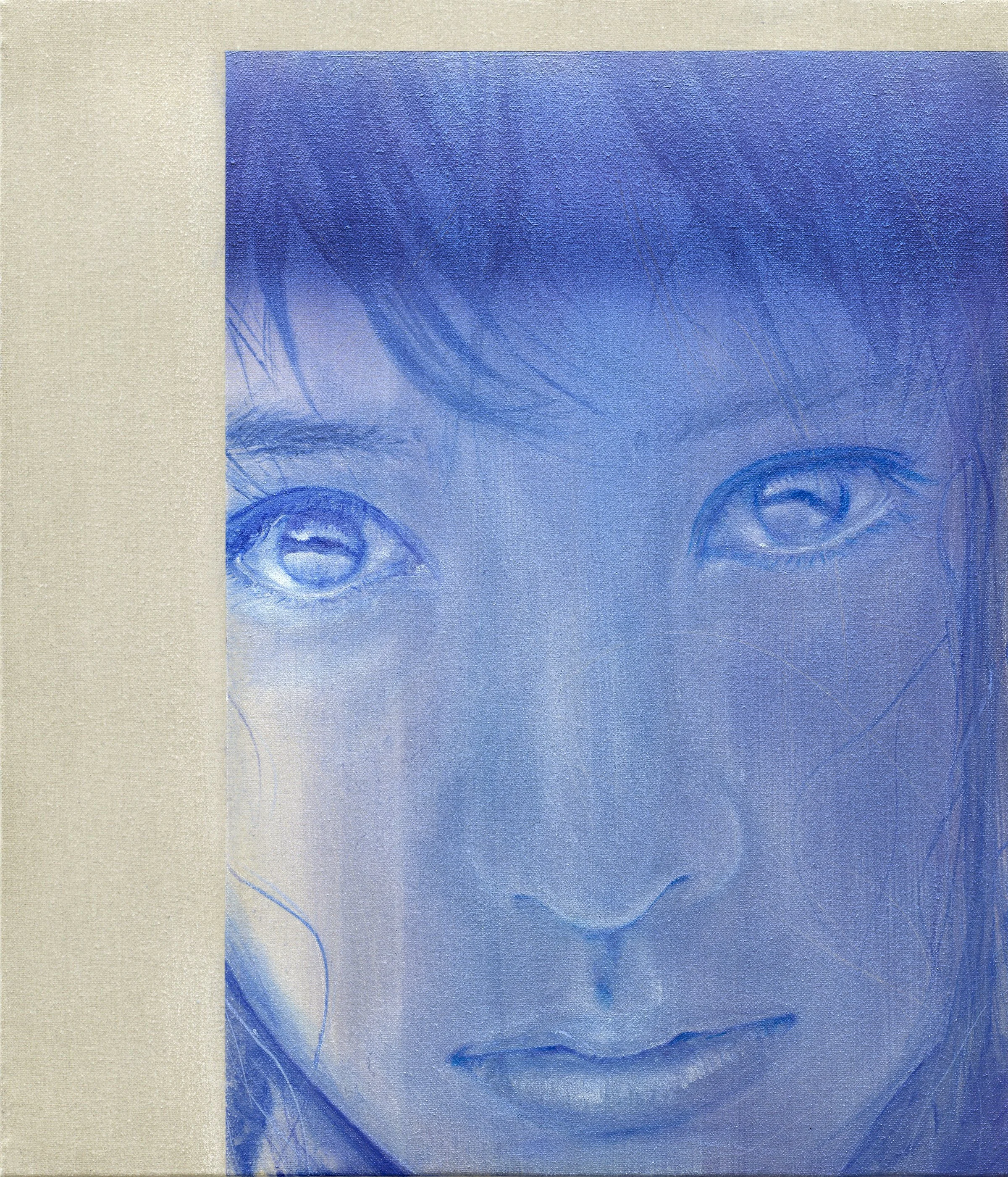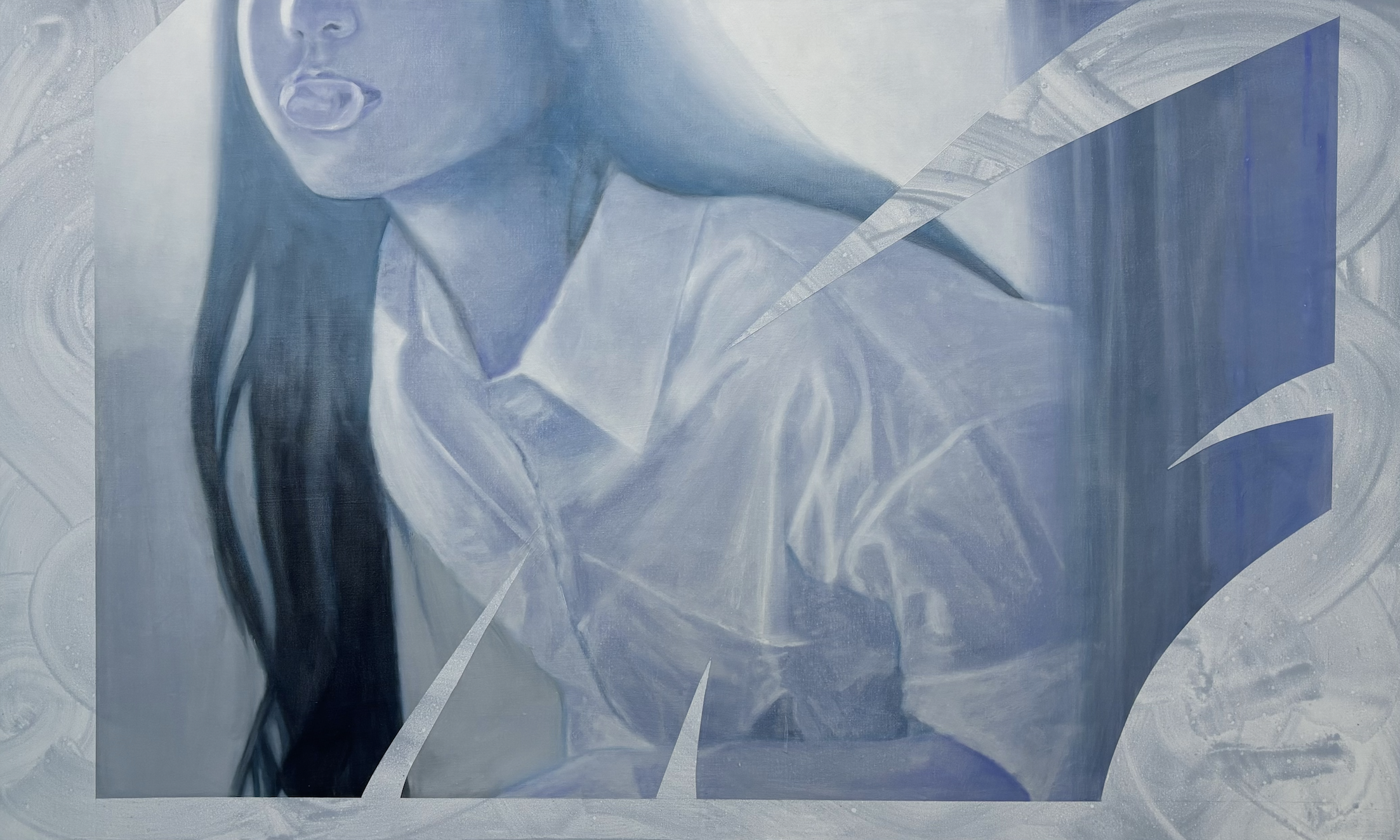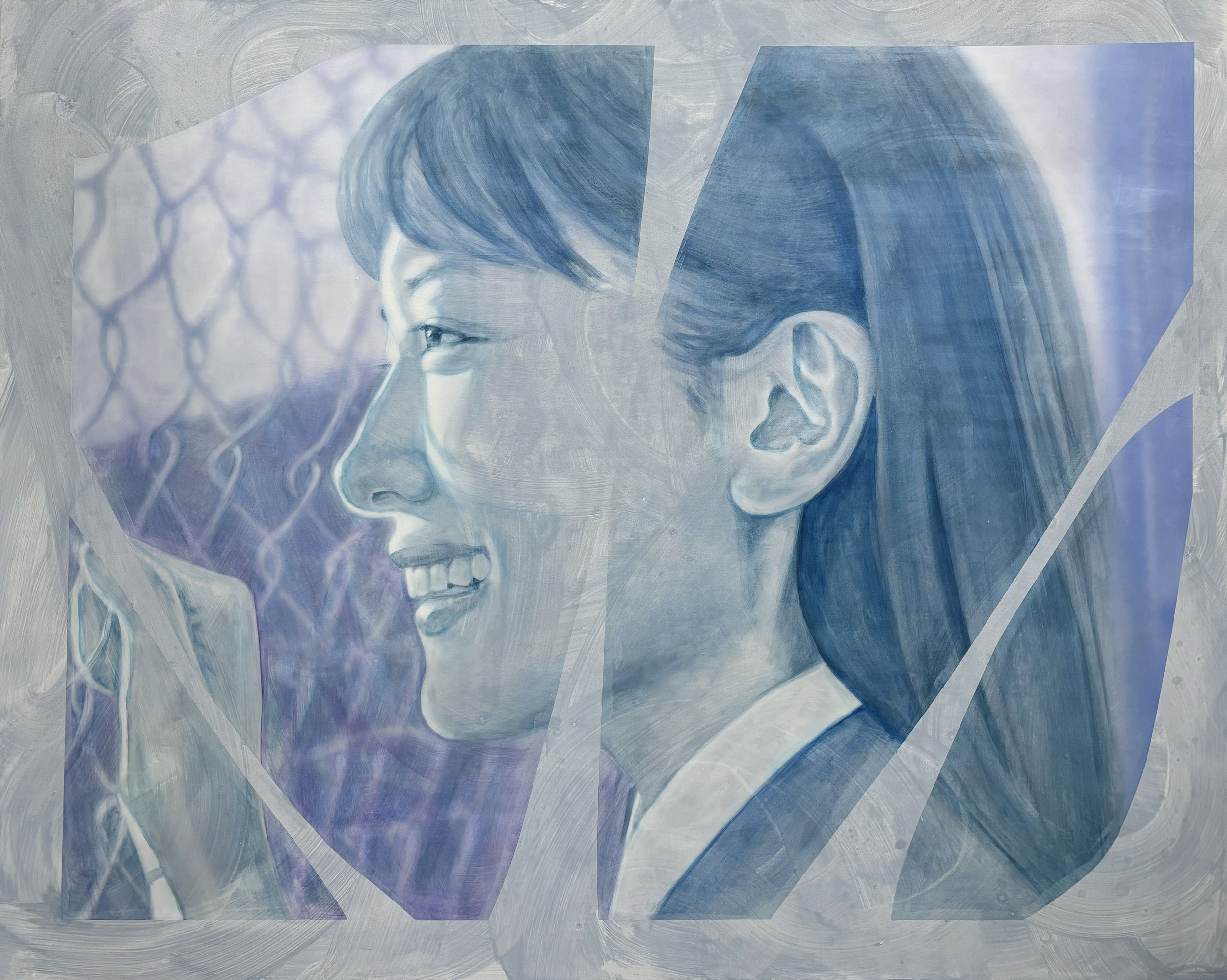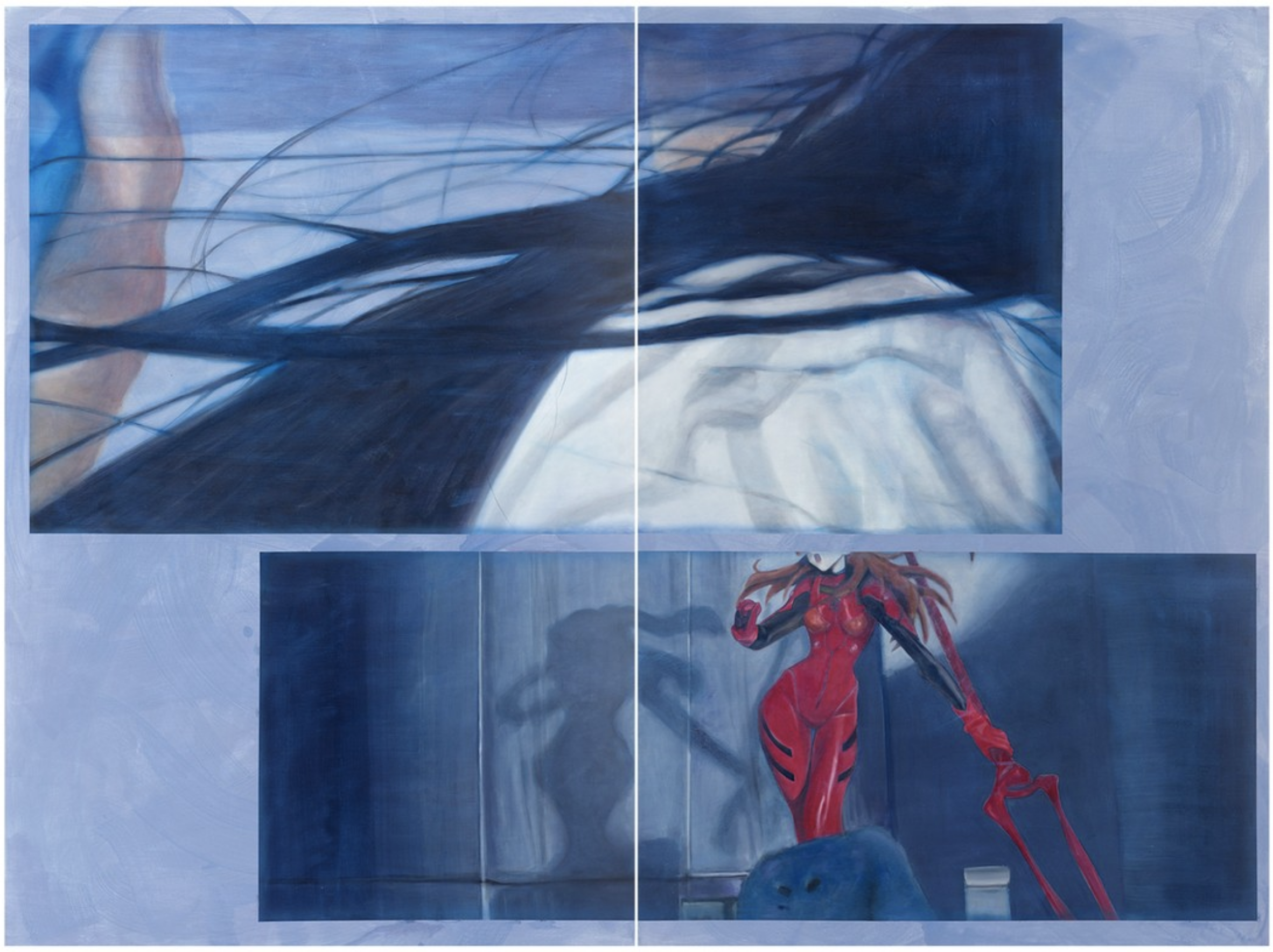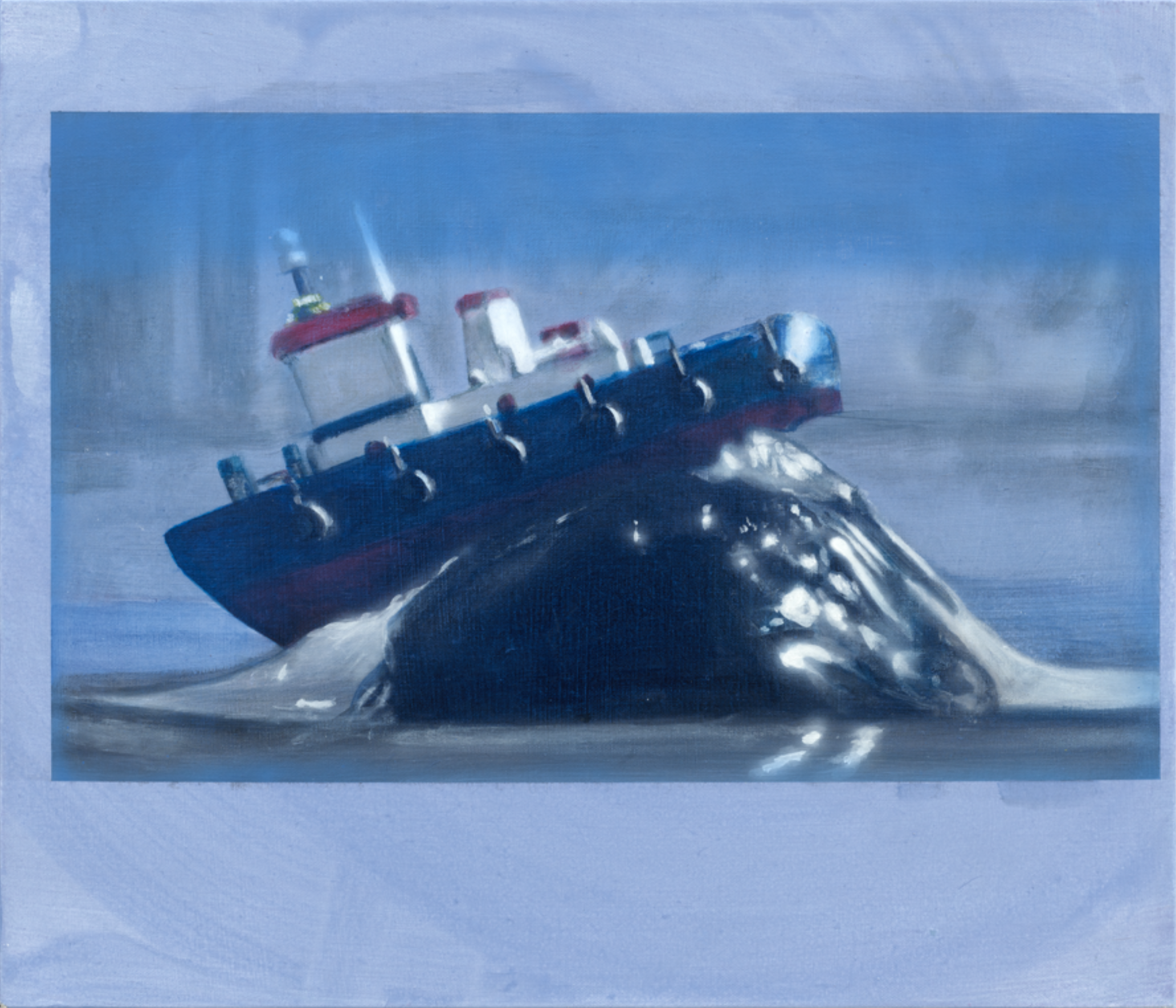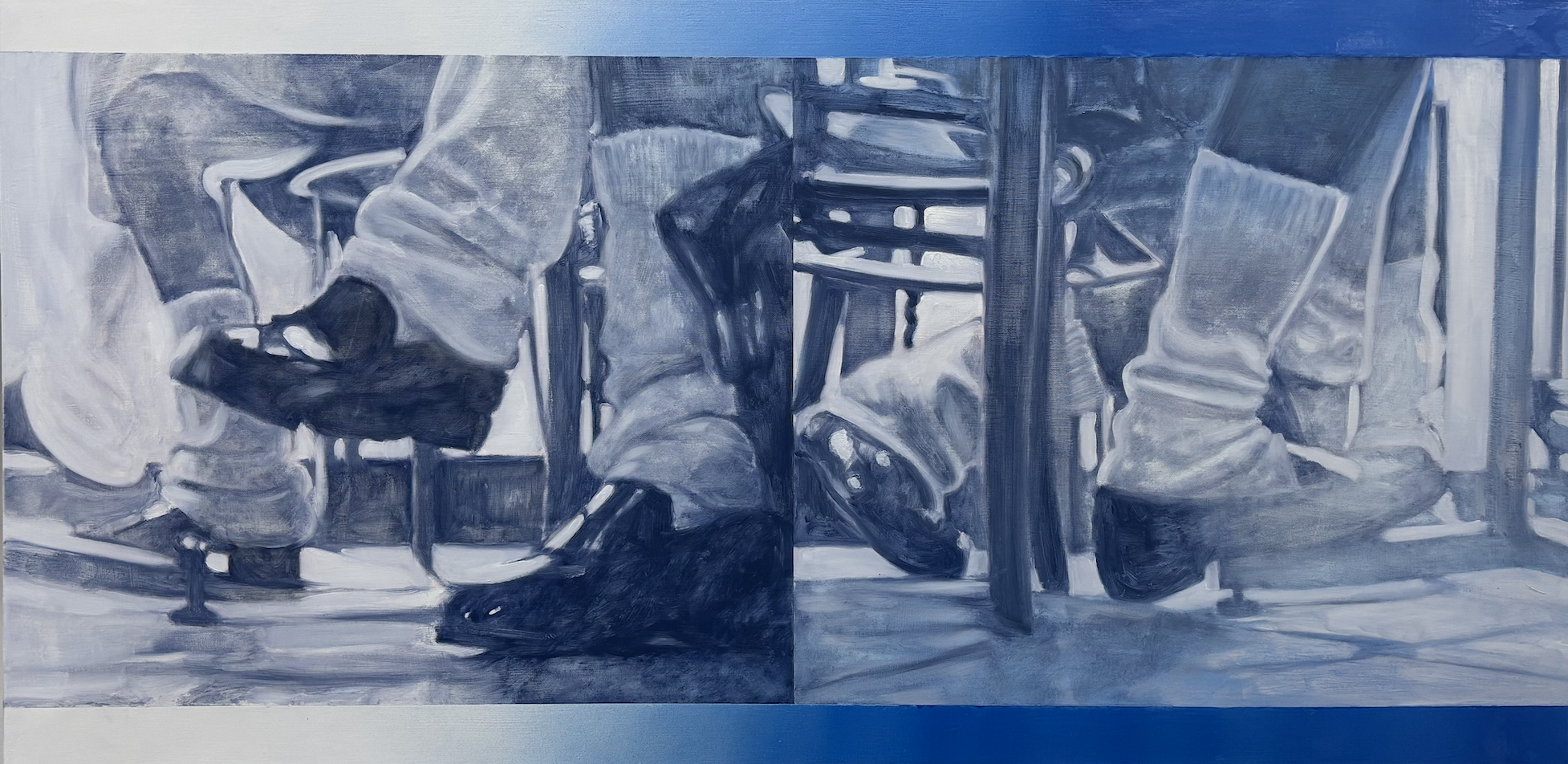Hyper-Ghostism
2024 -
Hyper-Ghostism refers to a phenomenon in which both humans and images undergo a process of "hyper-ghosting," expanding beyond the notion of "animalization" discussed by critic Hiroki Azuma in his book Otaku: Japan’s Database Animals. While Azuma argues that modern individuals become "animalized" as they grow accustomed to a system that simply satisfies desires, Hyper-Ghostism moves beyond this idea, addressing how both humans and images transform into ghost-like entities.
With the rise of OTT platforms and the post-pandemic era, the power and status of screen-based virtual worlds—once considered mere representations of reality—have become equal to those of the material world. The amount of light emitted by LEDs that enters people’s pupils now matches or even surpasses the sunlight reflected from physical objects.
When accessing the "screen world" through smartphones or computers, physical and temporal constraints become far looser than in the material world. Individuals freely navigate different worlds—whether the commercial universe created by McDonald's advertisements, the Marvel Universe, Zoom meetings, webtoons, or web novels—often without revealing their physical presence and sometimes even moving between multiple worlds simultaneously, much like ghosts.
This "ghosting" does not apply only to humans; it is becoming more pronounced in images as well. The increasing influence of what Hito Steyerl calls the "poor image"—low-resolution images reproduced and circulated through endless fluid processes—exemplifies this trend. These "poor images," exiled onto screens, wander the digital world after being stripped of their original purpose, their forms fading into indistinct and ambiguous remnants.
Through Hyper-Ghostism, he seeks to examine the ways in which this rapidly "hyper-ghosting" society generates experiences of world collision and disorientation—experiences that feel increasingly real. His work also questions the role of painting in this era. By utilizing cropped, modified, and distorted images sourced from various media such as magazines, advertisements, films, television dramas, photography books, and animation, he reconstructs them on a flat surface. His thematic exploration, shaped by the digital screen, is emphasized through contrasts with traditional materials like paint and canvas, as well as the physical exhibition space itself. In doing so, he explores the possibilities of painting as a medium with material presence.
- From the Artist’s Notes
In an era where editing and manipulation are effortless, images circulate and multiply as data, existing everywhere. People record their lives through images and create new ones in return. Copies of data or edited images no longer remain mere replicas tied to physical objects; rather, they become fluid entities that seek to escape their originals. These images do not simply serve as reproductions of reality or the objects they depict. Their act of breaking away from original materials—whether through adjustments in color and brightness, changes in scale, or diversification of their output—transforms them into dynamic beings. Severing their love-hate relationship with the concept of the "original"—both the real-world object and the initial photographic record—these degraded, pixelated, cropped, and color-adjusted images roam freely. Unlike ghosts, which remain tethered to a specific time-space narrative, edited images possess a hyper-ghostly nature. Unlike the term "diffusion," which implies passivity, hyper-ghostly images actively regenerate (-) themselves. Unbound by their sources, they achieve a form of self-realized freedom.
He describes his artistic interests and practice through the term Hyper-Ghostism. Through painting, he meticulously renders images drawn from SNS, a single frame from a photography book, or a moment from an advertisement. The figures and objects depicted in his work are often partially illuminated, casting shadows that evoke a hazy, dreamlike impression. This atmosphere, exuding from the screen-like composition, pulls the images toward a hyper-spatiotemporal dimension. When he translates these images into painting, the real-life figures and objects—as well as the original photographs that documented them—still exist somewhere. However, once transferred onto the canvas, the images themselves detach from their subjects and original contexts, slipping away from specific temporal and spatial conditions. This effect is further reinforced by the blank spaces—often white or another contrasting color—left around the painted imagery. The fragmented images, cropped or enlarged as if magnified, suggest that they are only partial representations of a larger whole. Viewers can neither fully grasp nor reconstruct the complete original; they can only infer its origins.
Another significant element of his paintings is the presence of scratches and gradations resembling monitor glitches or scanner distortions. These marks subtly imply that the images once existed elsewhere. His work does not merely present images with hyperrealistic precision—it also reconstructs their material conditions by depicting scratches and gradations as inherent aspects of their form. When confronted with these representations of representation itself, viewers are compelled to ask: What does it mean to perceive something as "real" or "authentic" today? In an era where even the traces of material imperfections are meticulously recreated, the very notion of "faithful representation" appears more compromised than ever. Yet, this compromise does not equate to destruction or erasure. On the contrary, it aligns with the hyper-ghostly nature of images, which continue to proliferate endlessly.
Some might argue that his paintings depict images devoid of substance, leaving behind only hollow shells. However—perhaps precisely for that reason—nothing is as liberating as this hollow state. In his paintings, images extracted from advertisements or aesthetic visuals are no longer bound to their original functions or narratives. This radical horizontality is at the core of what he seeks to explore through painting.
-Written by Yuki Konno
